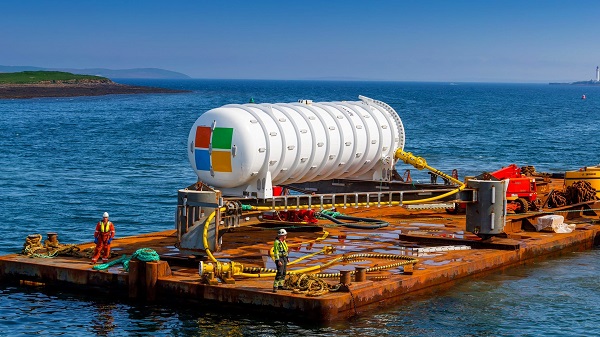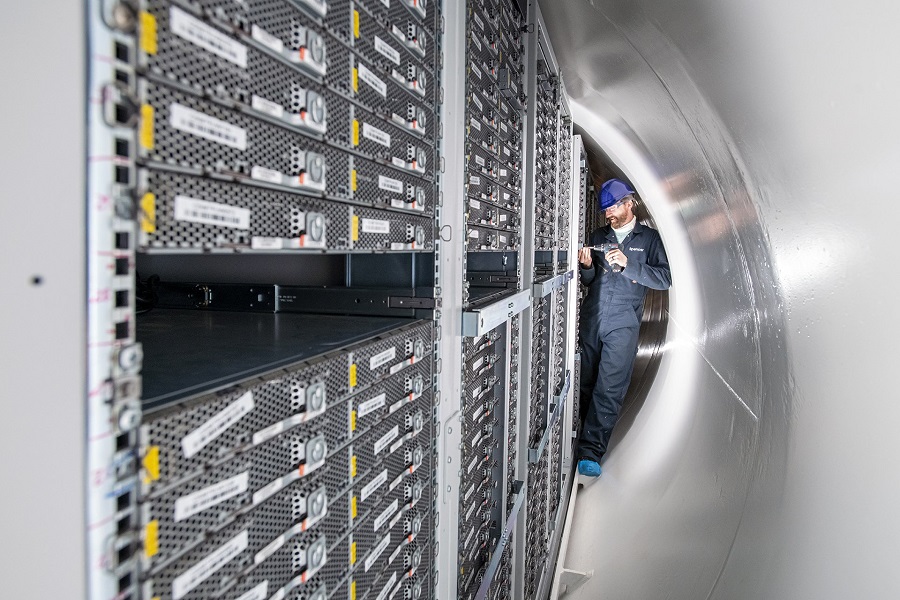
Exploring Microsoft’s Innovative Underwater Data Center
In a world where data is the new gold, Microsoft’s underwater data center project, known as Project Natick, represents a groundbreaking shift in data storage solutions. This initiative reflects a blend of innovation, environmental consciousness, and technological advancement. This article delves into the concept of underwater data centers, exploring their design, benefits, challenges, and the potential impact on the future of data storage and cloud computing services.
Understanding Microsoft’s Underwater Data Center
Microsoft’s underwater data center, submerged off the coast of the Orkney Islands, is a pioneering effort to rethink data storage. The idea revolves around deploying data centers underwater, where natural cooling from seawater significantly reduces the energy required for temperature regulation. These data centers are encapsulated in watertight and corrosion-resistant units, ensuring the safety and integrity of the servers.
The project is not just about efficient cooling; it’s also about rapid deployment. Traditional data centers can take years to build and become operational, but these underwater units can be deployed in a matter of months. This agility offers a significant advantage in an era where data needs are constantly growing and evolving.
Benefits and Innovations of Submerged Data Centers
One of the primary benefits of Microsoft’s underwater data center is the significant reduction in cooling costs. By leveraging the natural temperature of seawater, these data centers minimize one of the largest overheads in traditional data storage facilities. This not only cuts costs but also reduces environmental impact, aligning with global sustainability goals.
Another innovation is the use of renewable energy sources. These underwater data centers can be paired with marine renewable energy, such as wind, wave, or tidal power, making them almost entirely carbon-neutral. Additionally, their proximity to coastal cities ensures lower latency for users, improving the speed and efficiency of data transmission.
Challenges and Considerations
While the concept is revolutionary, it also faces several challenges. The underwater environment poses risks like corrosion, biofouling, and physical damage from marine activities. Ensuring the long-term durability of these centers is crucial. Microsoft’s team has incorporated robust materials and innovative designs to mitigate these risks.
Another challenge is accessibility. Maintenance and upgrades are more complex for underwater data centers compared to their land-based counterparts. Microsoft addresses this by designing the units to be as self-sufficient as possible, reducing the need for intervention.

Implications for the Future of Data Centers
Microsoft’s underwater data center project could revolutionize the way we approach data storage and cloud computing. If successful, it could pave the way for more sustainable, efficient, and rapidly deployable data centers. This would be particularly beneficial for regions with limited land resources or those that are disproportionately affected by high temperatures.
The project’s success might also encourage other companies to explore innovative and environmentally friendly solutions in technology infrastructure, potentially transforming the entire data storage industry.
Conclusion: Assessing the Value and Potential of Project Natick
In conclusion, Microsoft’s underwater data center project, Project Natick, is an ambitious and innovative step towards reimagining data storage. Its potential benefits in terms of efficiency, sustainability, and rapid deployment are significant. While there are challenges to be addressed, the project is a promising leap forward in the technology infrastructure sector. It represents a valuable investment in exploring alternative solutions that could shape the future of data storage and cloud services.
